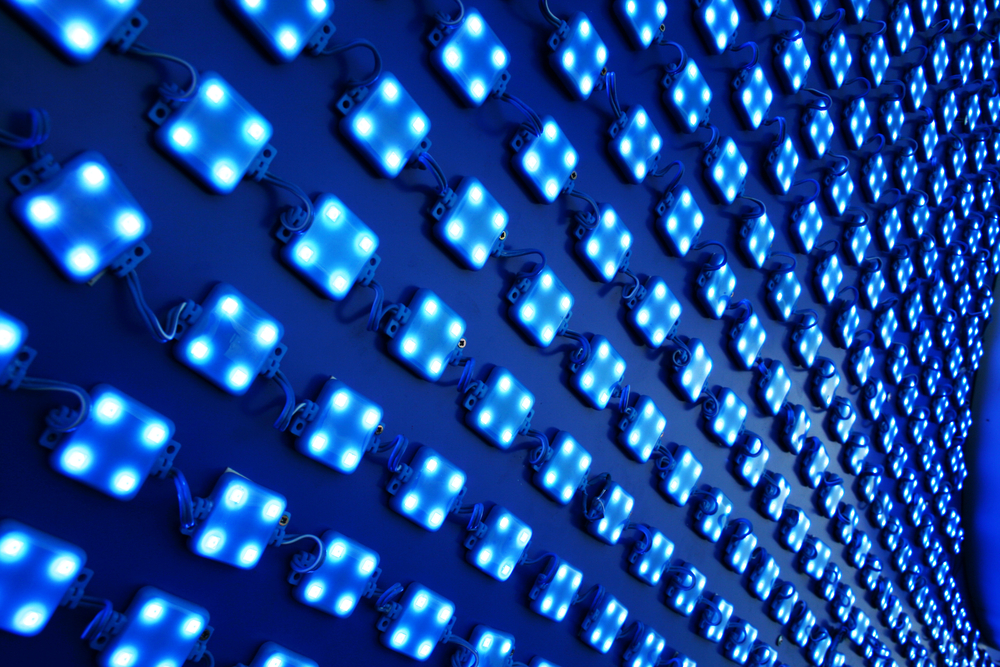New Research Achieves Direct Muscle Activation by LED Light

Researchers at the Dalhousie Medical School and the Brain Repair Centre in Halifax, Nova Scotia, have successfully stimulated muscle fibers directly by light, bypassing the nervous system and showing for the first time that it is possible to restore function to denervated muscles. The research study, entitled “Direct optical activation of skeletal muscle fibres efficiently controls muscle contraction and attenuates denervation atrophy,” was published in Nature Communications.
The researchers genetically engineered an ion channel, responsive to light, into a strain of mice whose muscles contracted when exposed to blue LED light. This ion channel, channelrhodopsin-2, was first discovered in the aquatic organism Chlamydomonas reinhardtii. Using this approach, the research team proved it is possible to directly active muscles without nerve involvement, and to optically control muscle contraction by varying pulse light intensity and duration. This resulted in decreased muscle atrophy and improved contractile force.
Dr. Victor Rafuse, professor in the Department of Medical Neuroscience and director of the Brain Repair Centre, commented on the research breakthrough, “We’ve found we can prevent atrophy in completely denervated muscles by shining light on them through the skin for an hour a day. Others have used light to successfully stimulate nerves, but we are the first to bypass the nerves and go straight to the muscles. This is vital, because the nerve tissue is completely destroyed in many injuries and in diseases like ALS, so you can’t rely on stimulating nerves to activate muscles.”
After proving the concept of muscle stimulation in transgenic mice, researchers aim to express the ion channel in adult muscles to develop therapeutic strategies for human treatment of conditions such as peripheral nerve injuries. As Dr. Rafuse explains, “We see the possibility of developing a ‘light glove’ they could wear to prevent atrophy in those muscles and use to stimulate muscle contractions whenever they want to grasp something.”
Importantly, these findings could also mean a new therapy angle for ALS patients, a disease characterized by neurodegeneration that leads to the death of motor neurons. This novel light-stimulated strategy could attenuate and even improve patients’ breathing function as a consequence of motor neuron loss and proper innervations of the respiratory system.






